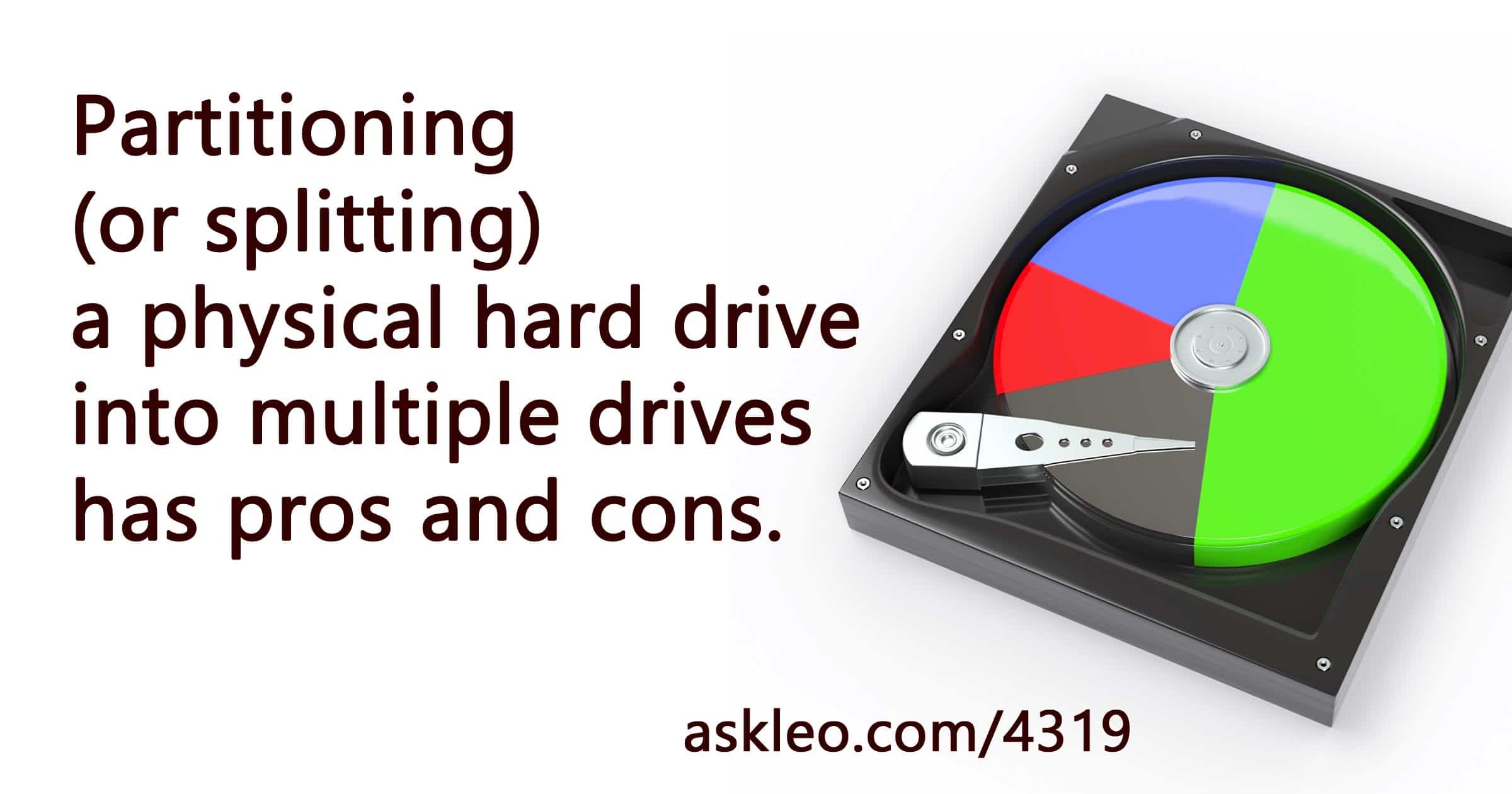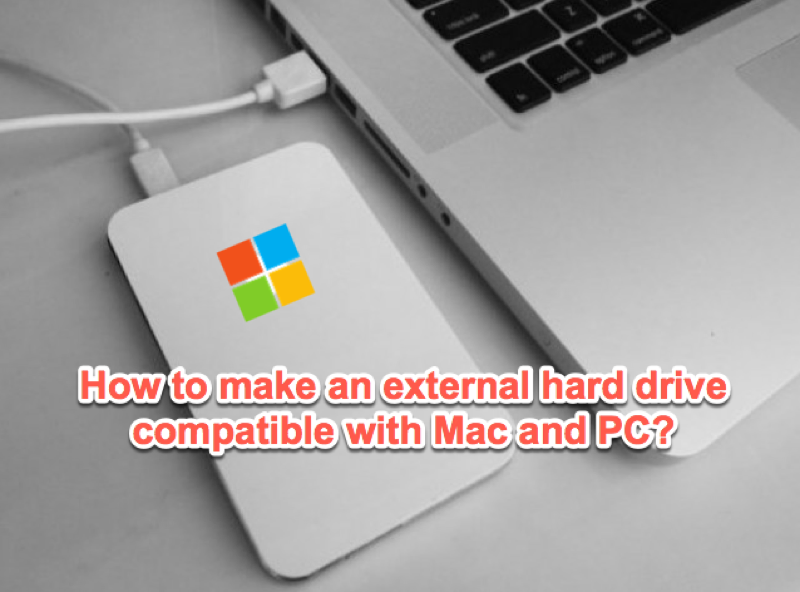

- Dividing an external hard drive for mac how to#
- Dividing an external hard drive for mac mac os#
- Dividing an external hard drive for mac Pc#

Then, click on the ‘Partition’ button and wait for the process to complete.
Dividing an external hard drive for mac Pc#
Select the PC partition scheme in order to enable the partition’s use on Windows, if you’re so inclined.
Dividing an external hard drive for mac mac os#
Chose the name, desired format, and size for each individual partition and check the option for installation of Mac OS drivers.Within the ‘Volume scheme’ menu, choose the desired number of partitions.On the left side of the Mac Disk Utility window, choose the external hard drive that you want to divide into partitions.Start the Macintosh Disk Utility program.This process is quite different from partitioning a drive on PC, but it’s still simple even when it comes to external hard drives for Mac:
Dividing an external hard drive for mac how to#
Method 2: How to Partition an External Hard Drive on Mac I have no idea why we’re ignoring A and B.įormat the new partition to your file system of choice, then click ‘Finish’ to conclude the process. It can be literally any letter, although the most common are C, D, E, and F. Follow the wizard and choose the amount of space to dedicate for this new partitionĬhoose a letter to designate the new partition.Right-click on new unallocated space and choose ‘New simple volume’.Under the option ‘Shrink volume’, choose the size of the partition you wish to create.Right-click on it and choose ‘Shrink volume’

Find the external hard drive in the window.Click on the ‘Start’ button and type ‘Hard disk partitions’ into the search bar.Plug your external hard drive into the computer.Method 1: Using Windows Disk Management in Windows 10: The method of choice usually depends on the operating system you use, and we will show some of them step by step. There are a few different ways to create partitions on an external hard drive. A logical partition is created from an extended partition and is where all of your non-OS data will be stored. An extended partition is a part of the primary partition, with storage space allocated for purposes other than system boot. It is the partition through which the computer starts up. A primary partition is the one for the storage of operating system files. There are three main partition types: primary, extended, and logical. Deciding How to Partition an External HDD

It does not have any file or partition size limits. ExFAT works with Windows and Mac, but Linux users will need additional software. FAT32 allows all operating systems to read and write it, but it limits individual file sizes to 4 GB and partition sizes to 8 TB. This file system allows reading and writing in Windows, but Linux and Mac can only read from it. If you use Windows, then you should use NTFS in most cases. Which file system you should choose depends mostly on the operating system you use on your computer. We talk in-depth about file systems in our guide on how to format an external HDD. A hard drive can (and almost always is) partitioned into multiple sectors to make it more efficient at storing and retrieving data, and a single hard drive can even use different file systems for different partitions, if you have a need to do that. The three most common types of file systems are NTFS, FAT32 and exFAT. A file system is a particular method your hard drive uses to read, write and organize files. In order to use a hard drive, it must be formatted according to a certain file system.


 0 kommentar(er)
0 kommentar(er)
